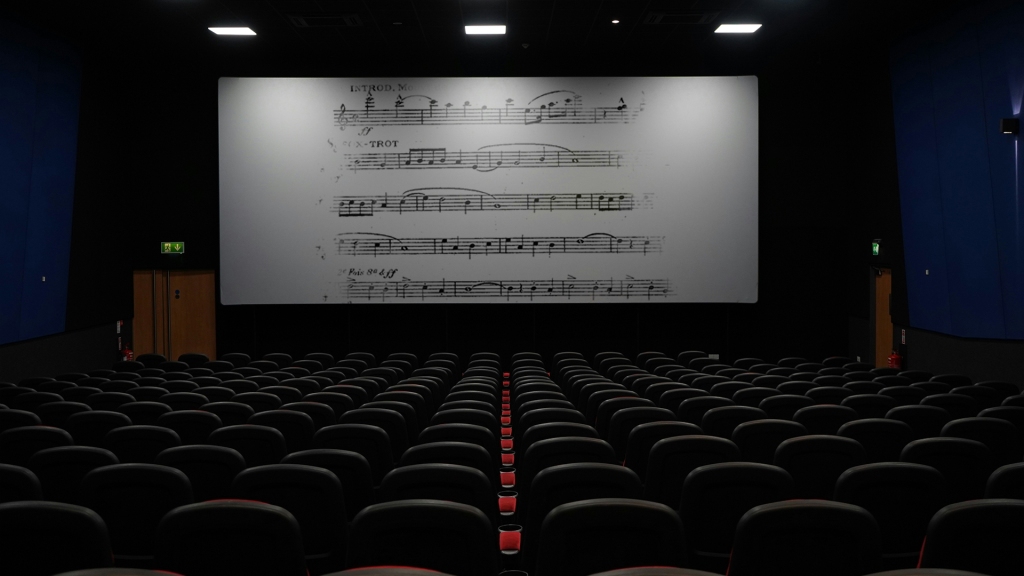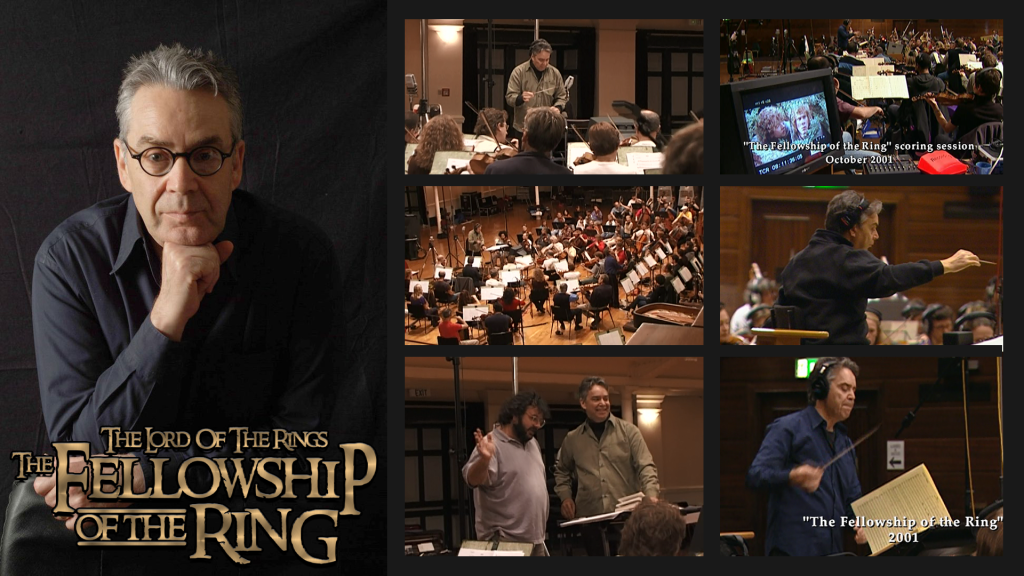Ambient music, characterized by its focus on tone and atmosphere over traditional musical structure, has been a significant genre for creating immersive and contemplative soundscapes.
Composing ambient music can be tricky, especially for beginners. That’s why this article will delve into various techniques used in ambient music composition, providing insights and methods not covered on many websites.
Table of Contents
- Table of Contents
- Sound Design Fundamentals
- Harmonic and Melodic Techniques
- Texture and Atmosphere
- Rhythm and Tempo
- Production and Mixing
- Advanced Techniques
- Conclusion
A List Of Must-Know Ambient Music Production Techniques
If you don’t know where to start, then you should save this list somewhere and follow it until you remember the process. As ambient music is experimental, there’s no real order to these things, but checking each one off the list while you compose will reassure you that you’ve covered all the angles.
Sound Design Fundamentals
Synthesizer Use and Programming

Synthesizers are pivotal in ambient music composition. Mastering envelopes, LFOs (Low-Frequency Oscillators), and filters is essential to creating evolving soundscapes. If you are just starting out with music, here is a list of the ten best free synths for ambient music.
Techniques:
- Slow Attack and Long Release: Adjusting the ADSR envelope with a slow attack and long release can create smooth, evolving pads.
- Modulation: Use LFOs to modulate parameters like pitch, filter cutoff, and volume to add movement to sounds.
- Layering Oscillators: Combine multiple oscillators with different waveforms (sine, triangle, sawtooth) to create complex textures.
Field Recording Integration

Incorporating field recordings can add a layer of authenticity and organic texture to your compositions. These recordings can include natural sounds such as rain, wind, or urban environments.
Whenever you take a walk or go to work, you can simply take your phone and turn on the recorder to capture traffic, bird sounds, rustling of leaves in the wind, airplanes flying over, etc. Your imagination is the limit.
Techniques:
- Ambient Beds: Layer subtle field recordings underneath synth pads to create a rich background texture.
- Sound Manipulation: Process field recordings with effects like reverb, delay, and granular synthesis to transform them into unique sound elements.
- Sampling: Cut out peculiar sounds found in your recording and put them into a sampler to use as percussive elements throughout the track.
Harmonic and Melodic Techniques
Use of Extended Chords and Dissonance

Extended chords (9ths, 11ths, 13ths) and dissonance can give ambient music a lush, expansive quality.
Techniques:
- Cluster Chords: Play notes that are close together on the keyboard to create a dense, harmonious texture.
- Voice Leading: Smooth transitions between chords by moving only a few notes while keeping others constant.
- Modifying Chord Progressions: Use common chord progressions but substitute certain common chords with diminished, augmented, 9th, 11th, or 13th chords.
Modal Composition

Using modes instead of traditional major or minor scales can add an exotic and timeless feel to your music.
Techniques:
- Dorian and Mixolydian Modes: These modes are often used to create a balance between major and minor tonalities.
- Non-Western Scales: Experiment with scales from different musical traditions, such as the Japanese Insen scale, the Indian Raga system, or one of the Arabic Maqam scales.
Texture and Atmosphere
Layering Techniques

Layering is critical in creating the depth and complexity characteristic of ambient music. However, you should leave space between layers. Anything too dense and you could be getting a confusing tonal mess instead of ambient music.
Think of it like food – if you slap a patty between two buns it does not make it a burger. If you add lettuce, pickles, two kinds of sauce, grilled tomatoes, bacon, cheese, now that is a burger.
Techniques:
- Vertical Layering: Stack multiple sounds (synths, field recordings, processed samples) to create a lush texture.
- Horizontal Layering: Introduce and remove layers gradually over time to maintain listener interest and create a dynamic soundscape.
Granular Synthesis

Granular synthesis allows composers to manipulate audio samples at a micro level, creating evolving and intricate textures. You can use any sound imaginable as long as it is in a WAV format.
For example, a single field recording can be granulated in several different ways to create a variety of layers. Using this method will make your “ambient onion” more cohesive.
Techniques:
- Grain Clouds: Create dense clouds of sound by overlapping grains with varying pitch and time parameters.
- Time Stretching: Using granular synthesis to stretch audio samples creates slow, evolving textures without changing pitch.
Rhythm and Tempo
Use of Polyrhythms and Non-Metric Rhythms

Ambient music often employs unconventional rhythms to create a sense of timelessness. When composing ambient music, don’t think about musical conventions and rules. I mostly create sketches of my ambient music without a click track. After getting the general feel right, I do the following to make it more controlled.
Techniques:
- Polyrhythms: Layer different rhythmic patterns over each other to create complex rhythmic textures.
- Non-Metric Rhythms: Use rhythms that do not conform to a regular beat, such as those found in nature, to enhance the ambient feel.
Incorporating Natural Rhythms

We often do not pay attention to natural sounds occurring in patterns. Our brains process these things as background noise, but using them in combination with dense synths and textural elements can yield incredible results.
Techniques:
- Natural Sound Sources: Use recordings of waves, bird songs, or other natural sounds as rhythmic elements.
- Randomization: Introduce slight variations in timing to mimic the unpredictability of natural rhythms.
Production and Mixing
Spatial Effects: Reverb and Delay

Spatial effects are crucial for creating the immersive quality of ambient music. Without the natural reverb that a field recording has, synths and other processed samples can sound dry and out of place.
Most industry-standard DAWs have stock reverbs and delays, but there are quality free reverbs available even if you don’t have one at your disposal. If you are interested in a list of hidden gems, try reading about the ten best free reverbs you probably never heard of.
Techniques:
- Long Tails and Large Spaces: Use reverb with long decay times and large room settings to create a sense of vastness. Convolution and spring reverbs are exceptional at this.
- Ping-Pong Delay: Use stereo delay effects to add movement and depth to sounds. Adding movement is useful in projecting a large open space to a listener’s ears, but too much positional shifting can ruin your ambient.
Dynamic Processing

Proper use of dynamics can add subtlety and nuance to your compositions. It is important to distinguish between volume and dynamics. We want variation in tonal quality along with loudness. Without dynamics, every sound would have the same sonic properties but at different volumes.
Another way to create the feeling of movement without actually moving a sound from left to right (like with Ping-Pong Delay) we can do the following.
Techniques:
- Sidechain Compression: Use sidechain compression to create a pulsing effect by ducking the volume of one sound based on the input of another.
- Volume Automation: Gradually increase or decrease the volume of layers to create a sense of evolution and movement.
Advanced Techniques
Generative Music Systems

Generative music involves creating systems that produce music with minimal human intervention, often resulting in unique and evolving compositions.
Techniques:
- Algorithmic Composition: Use software like Max/MSP or Pure Data to create algorithms that generate music based on set parameters.
- Modular Synthesizers: Use modular synths to set up self-generating patches that evolve over time. Modular synths are largely hardware synthesizers, but there are a few notable software versions, too.
Algorithmic Composition

Algorithmic composition involves using mathematical algorithms to create music. It might not sound appealing, but it works well. With the emergence of AI music generators like Udio, you can even write a prompt for an algorithmic composition and then sample it.
Techniques:
- Markov Chains: Use Markov chains to generate sequences of notes or rhythms based on probabilities derived from existing musical data.
- Fractals and Chaos Theory: Implement mathematical concepts such as fractals and chaos theory to create complex, evolving musical patterns.
Conclusion
Ambient music composition is a genre that encourages experimentation and innovation. You can create unique and immersive soundscapes by exploring advanced techniques such as field recording integration, granular synthesis, and generative music systems.
The key to creating ambient music that paints auditory landscapes lies in continuously pushing the boundaries and exploring new sonic possibilities using ordinary sounds and instruments in extraordinary ways.
Following this guide will not hamper your creativity. It’s not a box to fit in but a box to paint on. Do as you please with this information, but make sure it sounds good.












Leave a comment